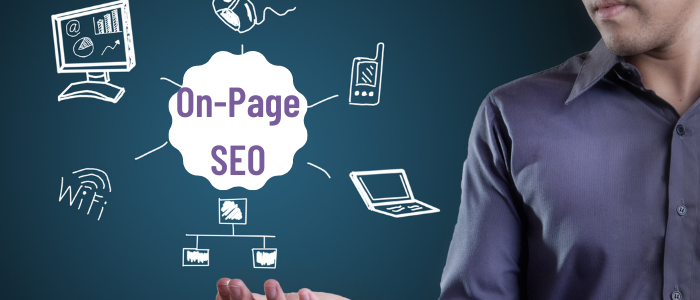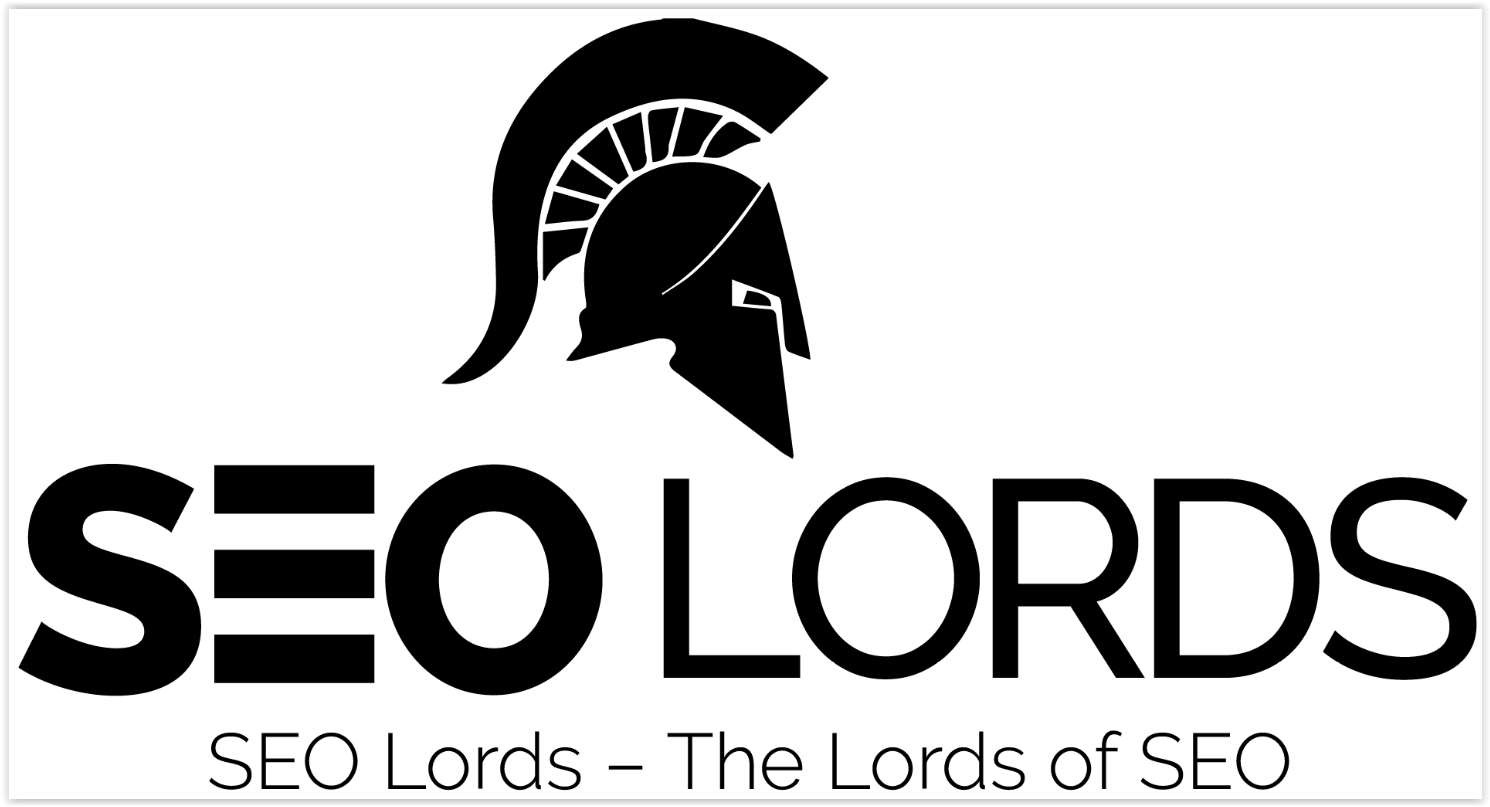
WordPress is one of the most popular tools used by web developers to create various types of websites. It is estimated that around 27% of websites operating over the internet are developed by using the WordPress tool.
WordPress offers a lot of benefits not only in the web development process but also to make the On-Page SEO process simple and easy. By using various plugins, users can improve the output of the SEO process.
On-Page SEO is important because it comprises of various small but important factors that users have to optimize for better rankings. In websites developed with WordPress, users have to customize various settings of the website as well as plugins to get the desired results.
In this step by step WordPress SEO guide, we will let our readers the practices of Best ON-Page SEO for WordPress sites.
What Is On-Page SEO?
On-Page SEO is a process/technique of optimizing the content and various other front end elements to increase the rankings in search engines.

If you compare both parts of SEO, i.e., On-Page SEO and Off-Page SEO, you can find the On-Page SEO process complicated than the other. But the use of WordPress helps the users to complete the On-Page SEO by providing a simple checklist.
WordPress offers a bunch of elements original in the setup, but you have to optimize as per your needs for better output. Also, users need a few plugins for developing the functions that are not originally available in the WordPress theme.
The following are the few optimization suggestions that every WordPress user must have to follow for higher rankings.
1. SEO Friendly Theme
WordPress themes are one of the most important elements of WordPress sites because it impacts directly on the look and speed of the site. Various WordPress themes are available over the internet that you can use, but some of them are paid.
Search engine crawlers can’t read the website like humans, but search engines put some parameters for various elements of sites. Crawlers access the accuracy of those parameters in every site and report to the search engine accordingly.
Many parameters for accessing the worth of the websites are directly related to the theme of the website. Therefore, you must have to check the following things in the WordPress theme before installing it:
- The theme must be lightweight; it means the theme must be free from various types of un-necessary coding lines or features that are not usable for you. For example, if you are developing the site for providing general information to users.
- Then you have to use a theme that is specifically designed for the blog instead of using an ecommerce theme. Because the theme for ecommerce consists of various features like cart option, that is not usable in the blog.
- The theme must be mobile responsive; it means the theme must be designed to provide similar speed and view of the website on the mobile or desktop.
- With the increase in mobile users from around the world, search engines start giving preference to sites that are well optimized for use on mobile or other portable devices.
- Must offer the required functions; if you want to create the website for an online store and use the theme that is designed for blog, and then you have to use WordPress plugins to create various functions as a cart.
- No doubt, it is not possible to develop the WordPress site without using plugins, but the installation of every plugin makes your site heavy. That’s why; try to minimize the number of plugins for your WordPress site.
2. Visibility For Search Engines
Users have to optimize some settings while completing the installation process. Visibility for a search engine is one of them. Usually, users enable visibility to search engines, but it is not the right way if the website is in the developing process.
You have to enable visibility to search engines only after completing the development process. Because WordPress themes come with dummy images and text that search engines can index. When users delete that images and text, search engines show the error that creates negativity on search engine results.
Therefore, it is important to disable search engine visibility in the development process. But you must have to enable this option after the development process; otherwise, your site will never get rankings in the search engines.
You can find this option in the reading tab of WordPress settings.
3. Permalink Optimization
The default settings of the permalink for the post or page come with a random number for every page. But it is not the right technique to display the link in the search engines.
Instead, you have to set the settings of permalink with the title of the post or page. It let the users and search engine crawlers understand the purpose of the post and the type of content available in that link. Because, as per best SEO practices, it is recommended to use the main keyword in the title of the post or page. It automatically uses that keyword in the URL of that post or page.
4. Time And Date Settings
Every SEO expert works with some targets or achievements in mind, and one of the most important targets is to catch the audience from a particular region of the world. Usually, it is practiced by the SEO experts for online store websites to target the audience from the location where the store is physically located.
For this purpose, you have to set the time and date as per the time of that particular region. Mostly, affiliate marketers use the time setting of a particular region from where they want to gain customers.
5. Site Speed
Site speed is another important factor for gaining higher rankings in the search engine results. Usually, webmasters use free WordPress themes that contain bugs and excessive coding lines. It makes the speed of the site slow and takes more time for loading the page.

The following are some suggestions that you can practice to improve the load time:
- Use premium theme if possible
- Reduce the number of plugins
- Reduce the image size
- Use cloud platform for storing media files instead of storing on server
- Use cache plugin
6. SEO Plugin
Plugin for SEO is important, and you can’t carry out the SEO process of a WordPress site without installing an SEO plugin. Various plugins are available over the internet that offers a complete SEO package for the website, like All-in-One SEO Pack and Yoast SEO.
However, all the plugins provide similar results with a minor difference. But in the below section, we will discuss the features and functions of the Yoast SEO Plugin.
This plugin offers a free version but with limited features. If you want to enjoy all the features, then you have to purchase the premium version.
Yoast SEO Plugin provides a comprehensive WordPress SEO checklist to make the On-Page SEO perfect. The following are the factors of the On-Page SEO checklist of Yoast SEO.
- Readability Check
Content quality of the website is the primary thing for getting higher rankings in the search engine results. Usually, people argued that quality refers to the uniqueness of the content and nothing else.
But, there are various other things that you must have to consider while optimizing the content. The following are a few things that are related to the quality of content:
- Content must be free from grammatical errors
- It must be easy for visitors to read and understand the content
- It must contain the sequential sentences
- Use short sentences
Yoast SEO Plugin put the parameters for checking all the factors mentioned above and provides suggestions to improve the content quality accordingly.
- Interlinking
The links that create a relationship between different pages and posts of a website are internal links. It helps to engage the visitors and let them switch to other related pages or posts.
Internal linking is great to improve the bounce rate of the site because visitor visits multiple pages of the website and spend more time.
- Heading and Tags Optimization
Yoast SEO plugin puts proper checks on headings and subheadings in the content like H1, H2, H3, and H4. Also, it puts a check on the length of the paragraph and highlights the paragraph with excessive length.
Meta title, Meta tags, and Meta description are the most important factors of On-Page SEO. Search engine read these as indicators of content available in the post or page and displays these in the search engine results.
- Keyword Density
Keywords are important to inform the search engines and users about the content in the post. But the use of excessive keywords creates a sense of keyword stuffing that is not acceptable by a search engine for ranking purposes.
Google releases its new algorithm, “Google Panda” in recent years that discourage keyword stuffing. It reports the websites with keyword stuffing to search engines, and as a result, the ranking of the website goes down.
Conclusion
On-Page SEO is not a much difficult process. Butt, it requires time and some expertise to complete the entire process perfectly. That’s why website owners hire the services of SEO experts for On-Page SEO.
If you are looking for On-Page SEO services, then you can contact us for this purpose. We are already providing services to various clients and deliver their desired results.
Hopefully, the above discussions help you to understand the process of On-Page SEO for WordPress in a better way.



